The Disconnect Dilemma
To start this month’s conversation, let’s get a few factoids on the table:
1. We have a product that very few, if any, consumers really dislike. Most people genuinely and universally love plants and flowers! In fact, if consumers aren’t successful with their plant and they die, they generally blame themselves for the plant’s demise!
2. The hardiness, the variety, the quality and the salesmanship (i.e. presentation, merchandising, marketing, etc.) are as good as we’ve offered the consumer. Ever!
3. Depending on what journal you read, age-defined generations are either becoming more differentiated or more homogenized. What we do know is that, specifically for plants and flowers, the purchase and use behaviors of Baby Boomers are different than those of Millennials, and we’re having a harder time demonstrating the relevance of plants and flowers to the lives and lifestyles of these Millennials (who, within the next 10 years or so, will control more of the total spend than the Baby Boomers, presently our core customer).
4. Even before the recession disrupted our business and personal lives, per capita spending on plants and flowers was decreasing from our glory years, and the number of households purchasing plants and flowers was waning.
5. Today’s consumer has more choices on what and where they spend their hard-earned and shrinking discretionary dollars, both in terms of the sheer multitude of products available (in all product categories, not just L&G) and venues (locally owned garden centers, warehouse clubs, home improvement stores, Internet, farmers markets, supermarkets and discount stores PLUS all of the venues for non- hort products that are our primary competition for the consumers’ mind and wallets).
6. Following the trend that has been building for years, the consumer is deciding what and where to buy based on comparative value; unless a unique comparative value proposition can be clearly demonstrated and communicated to the consumer, then by default price becomes the dominant purchase determinant.
Value Guaranteed
So if we have all of this great product, why have our sales plateaued or even declined? Why are we having relevancy problems and not connecting with the new and ever-changing mindsets of the consumer, especially the Millennials who will be our core customer in a few short years?
In response to shrinking spending by the consumer, supply/demand imbalances, and too many retailers all fighting for the same consumer, most industries, including ours, gravitate to price-value selling propositions. We sell plants at a price. And, in theory, he who has the lowest price, gets the sale. Or at least that’s the way we think it needs to be.
And when most of your key competition is selling based on having the lowest price, it’s a daunting challenge to take the high road and establish a different and differentiating model to bring to market.
But as an industry and as individual businesses, if we don’t find different ways to connect and compete, we’re destined to continue down the path of low selling prices and lower profitability, while not growing our industry and tapping the incredible potential that is waiting for those who dare to change!
I’ve been a vocal proponent of changing our value proposition from selling plants at a price to selling what the consumer is really looking for and appreciates … solutions, success, satisfaction, quality of life enhancements, inspiration, dreams, entertainment, ideas, pride, relaxation, enjoyment, peace, solitude and health benefits. We will continue to be challenged in connecting and delivering what really drives consumer purchases. Until we can identify and communicate the real benefits plants and flowers provide and the ways plants and flowers can enhance the consumer’s quality of life and lifestyles, we’ll have a tough time crafting a truly differentiated comparative value proposition that goes beyond selling on price as the primary driver.
Plant the Seed
One great example we can all relate to is Apple. Its success is based on its core belief it needs to first identify what a consumer will need to improve their lives/ quality of life (even if the consumer doesn’t yet realize that they, in fact, do need it!), and only then does Apple create and develop the physical product or software that will deliver and provide the solution to these innate consumer needs. By religiously following this philosophy, Apple commands premium price while ingratiating with the consumer, breeding almost fanatical loyalty. Because its competition, who also manufacture good products, are product-based rather than consumer need-based, the only way these other producers can compete against Apple is on price, and price alone can’t create the loyalty that Apple has earned.
Here’s another way of illustrating some of my thoughts. Most consumers don’t make the conscious decision to drive to Home Depot or Lowe’s just to buy a drill, whether it’s on sale or not, simply because they think they’ll need it sometime in the future. Most drills are sold because the consumer needs a hole in their wall now, so they drive to Home Depot or Lowe’s seeking a solution to their need, and the drill is the logical solution. And if you truly need that hole in the wall now, you’ll purchase the solution at any price.
Create, anticipate or promote the need and then provide the solution … sounds like a profitable value proposition to me! But “create” and “promote” the need? How do you do that?
Using Home Depot as an example, have you ever attended one of their evening or Saturday morning hands-on project clinics? Here’s what prompts attendance and ultimately the sale. First my wife “hints” it’s time to update or redecorate our bathroom; the seed of the need is planted! Walking through the store to find a solution (a drill) to my need to make a hole in my wall for another project, I happen to see the sign-up sheet for a tile installation class, which I consider as a possible solution to my bathroom decorating need. I attend the class, learn how easy it is to install tile (until then I had no confidence I could do it myself), and walk out with the solution to my need tile, epoxy, tools, knowledge, everything I actually need to be successful and my wallet is also significantly lighter, especially considering that I wasn’t buying products, I was buying a solution to my wife’s need, so price wasn’t a barrier to purchase!
Promote Need
Most of your customers walk into your store with a need and are looking for their solution or your assistance in finding their solution; they’re not walking in looking for a specific plant at a low price (but that’s what most of us are selling!). And to create or promote the need, think about these:
Need to create or enhance your outdoor entertainment area? Try trees, plants and flowers!
Need some relaxation, peace and solitude? Create and work in your garden!
Want to increase your home’s curb appeal and add home value? Trees, plants, flowers and shrubs are your solution!
There’s a disconnect between what the consumer wants to buy and what we’re currently selling, and only you have the power to connect the real benefits of trees, plants and flowers and the solutions they provide with the powerful, innate and subconscious needs your consumer is looking for, and this is hindering our ability to tap into our potential! We can’t expect the consumer to change to our old- think; it’s up to us to anticipate, create and promote trees, plants and flowers as the real solutions to their needs…




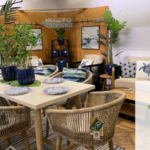



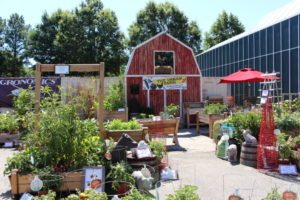


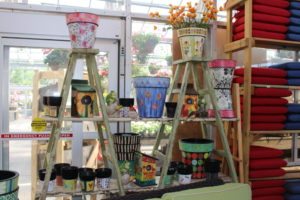

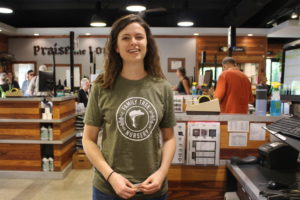
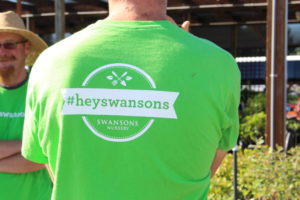
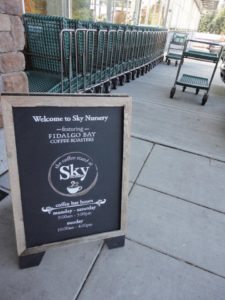

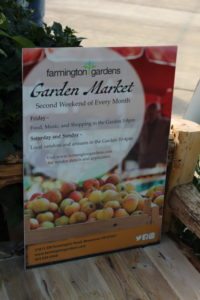
 Videos
Videos





